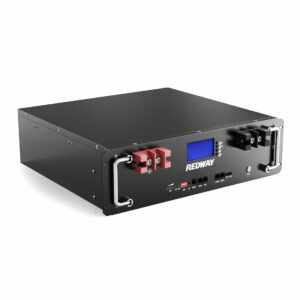What is the future of BESS system?
The future of Battery Energy Storage Systems (BESS) lies in advanced integration with renewable energy grids, driven by innovations in battery chemistry (e.g., solid-state, sodium-ion) and AI-powered energy management. Market expansion will focus on grid-scale deployments and residential applications, supported by policies promoting decarbonization. By 2025, global BESS capacity is projected to exceed 500 GWh, with key players like CATL and Tesla optimizing cost-efficiency below $100/kWh while enhancing safety protocols for thermal stability.
How will battery chemistry evolve for BESS?
Next-gen solid-state batteries and sodium-ion technology will dominate, offering higher energy density (400+ Wh/kg) and reduced reliance on rare materials. Pro Tip: Sodium-ion’s -30°C operational range makes it ideal for Arctic microgrid projects.

Beyond lithium-ion constraints, researchers are prioritizing earth-abundant materials. Solid-state designs eliminate flammable electrolytes—Toyota plans 2027 BESS prototypes with 15-minute full charging. For instance, a 1MWh sodium-ion BESS in China’s Qinghai Province now powers 800 households daily. However, cycle life remains a hurdle; current sodium-ion cells manage 4,000 cycles versus lithium’s 6,000+. Did you know? CATL’s sodium-ion hybrid packs already achieve 160 Wh/kg—matching early LiFePO4 performance.
What market shifts will shape BESS adoption?
Global residential BESS demand will surge 300% by 2030, while utilities deploy 8-hour duration systems for solar shifting. Key regions: California (9.3GW target) and EU’s 45% renewable mandate.
The market is bifurcating into utility-scale megaprojects and modular home units. Tesla’s 3.68MWh Megapack installations now offset peaker plants in Texas, while Germany’s SENEC offers 10kWh balcony batteries for apartments. Financially, Levelized Cost of Storage (LCOS) for BESS dropped to $132/MWh in 2024—cheaper than diesel gensets. Ever wonder why Australia leads in home BESS? Their 30% tax rebate slashes payback periods to 6 years.
| Application | 2025 Capacity Share | Growth Driver |
|---|---|---|
| Utility-Scale | 58% | Renewable Mandates |
| Residential | 27% | Net Metering Reforms |
| Commercial | 15% | Demand Charge Reduction |
RackBattery Expert Insight
FAQs
Will BESS replace natural gas peaker plants?
Yes—modern 4-hour BESS installations already undercut gas peakers’ $150-$200/MWh costs. California’s Moss Landing project (3GWh) demonstrates 99.9% dispatch reliability during heatwaves.
How does AI optimize BESS performance?
Machine learning predicts demand patterns and cell degradation, boosting ROI by 18-25%. RackBattery’s AI Orchestrator™ auto-adjusts charge rates using weather APIs and electricity pricing data.



